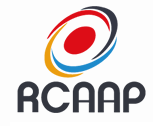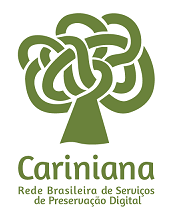Comparação entre técnicas para determinação de açúcares solúveis em alimentos utilizados na nutrição de ruminantes
DOI:
https://doi.org/10.5433/1679-0359.2015v36n1p401Palavras-chave:
Análises bromatológicas, Fracionamento de carboidratos, Sistemas de alimentação.Resumo
O objetivo do presente trabalho foi avaliar duas técnicas para determinação de açúcares solúveis (fração CA) em alimentos utilizados na nutrição de ruminantes. Os alimentos analisados foram: cana-de-açúcar, capim estrela, milho moído e farelo de soja. Foi determinado o conteúdo de matéria seca (MS), matéria mineral (MM), extrato etéreo (EE) e proteína bruta (PB), para calcular a concentração de carboidratos totais das amostras. O teor de carboidratos solúveis foi determinado em 15 repetições de cada amostra, utilizando-se duas técnicas analíticas distintas: uma que se baseia na extração dos carboidratos solúveis e na suaquantificação por espectrofotometria após a complexação do açúcar com a antrona; e outra que consiste na utilização do fenol como agente complexador. O delineamento utilizado foi inteiramente casualizado e os dados foram submetidos à análise de variância bifatorial (? = 0,05), sendo os fatores, os diferentes alimentos e as duas técnicas. Não houve diferença significativa para o fator técnica, mas houve efeito do fator alimento e para a interação alimento x técnica. Por isso, foram realizadas novas análises de variância para testar se havia diferença entre as técnicas em cada um dos alimentos. Apenas o farelo de soja não apresentou diferença significativa quanto ao teor de açúcar solúvel determinado pelas duas técnicas.
Downloads
Downloads
Publicado
Como Citar
Edição
Seção
Licença
Copyright (c) 2015 Semina: Ciências Agrárias

Este trabalho está licenciado sob uma licença Creative Commons Attribution-NonCommercial 4.0 International License.
Semina: Ciências Agrárias adota para suas publicações a licença CC-BY-NC, sendo os direitos autorais do autor, em casos de republicação recomendamos aos autores a indicação de primeira publicação nesta revista.
Esta licença permite copiar e redistribuir o material em qualquer meio ou formato, remixar, transformar e desenvolver o material, desde que não seja para fins comerciais. E deve-se atribuir o devido crédito ao criador.
As opiniões emitidas pelos autores dos artigos são de sua exclusiva responsabilidade.
A revista se reserva o direito de efetuar, nos originais, alterações de ordem normativa, ortográfica e gramatical, com vistas a manter o padrão culto da língua e a credibilidade do veículo. Respeitará, no entanto, o estilo de escrever dos autores. Alterações, correções ou sugestões de ordem conceitual serão encaminhadas aos autores, quando necessário.















